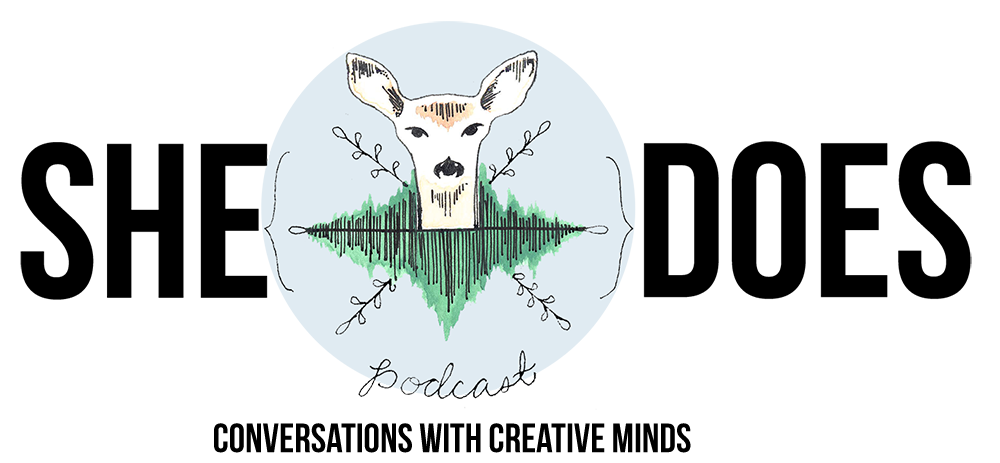Kat Cizek is an innovative documentary storyteller who works across many media platforms. She’s currently the director of the National Film Board of Canada’s multi-year project entitled HIGHRISE, which examines life inside residential skyscrapers in suburbs around the world. Since it launched in 2009, HIGHRISE has generated interactive documentaries, mobile productions, live presentations, installations and films that have garnered Emmys, a Peabody, Webby Awards and recognition from the World Press Photo and IDFA Doc Lab, among others. Kat and the NFB just released the latest and final HIGHRISE project, “Universe Within,” that explores people’s digital lives online. We spoke to Kat about her life growing up in Waterloo in the late 60’s after her parents escaped the Russian invasion of what was then Czechoslovakia. Kat talks about being at the frontlines of the Oka Crisis in Canada, a defining moment in her career and first-nations history in Canada. And her nearly 11 year relationship with the National Film Board of Canada through the Filmmaker in Residence and Highrise projects. Kat encourages us to explore new and meaningful ways to approach technology, and challenges us to evaluate our methods and ethics as storytellers.
“I have been preoccupied with the role of the subject for most of my working life. It’s about understanding that a subject isn’t a subject. A subject is an agent in their own world and how can we work together to create interesting media that will contribute positively in this community. Too often we get so enamored with the technology that we forget about that.”
RELATED LINKS
Kat Cizek on Twitter
Kat's Director's Blog (HIGHRISE)
A Short History of the Highrise (NFB + NYT)
Interview with Kat (Filmmaker Magazine)
Filmmaker You Should Know (Indie Wire)
5 Takeaways from Kat on She Does (Filmmaker Magazine)
Name: Katerina Cizek
Current City: Toronto, Canada
DOB: 10/19/1969
What are you listening to now? Tanya Tagaq Animism
What film changed you? Opened your eyes? Vertov's silent film 'Man With a Movie Camera" (1929) The first great example of the power of the edit. It's documentary plus. About the city, about the camera, about the street. about revolution. I love Cinematic Orchestra's live re-scoring of it too.
Who is your career role model? Alanis Obomsawin. I first saw her behind the barricades in 1990, when the Canadian Army had surrounded the First Nations community of Kanesatake. I was there as a student photojournalist, she was there with her camera crew, shooting her masterpiece documentary series about the crisis. Seeing her there inspired me to become a documentarian. Years later, I made a short digital documentary piece and a short film about her.
What is a tool you can't live without? Long Johns--I'm Canadian.
How do you take your coffee/tea? Tea. Black.
What's your spirit animal? Owl
CLIPS FEATURED IN SHOW:
Challenge for Change NFB (1 & 2)
HIGHRISE: Out My Window
HIGHRISE: One Millionth Tower
HIGHRISE: A Short History of the Highrise
HIGHRISE: Universe Within
Večerníček (Czech Animation)
CREDITS
PRODUCED by Elaine Sheldon and Sarah Ginsburg
SOUND DESIGN by Billy Wirasnik
MUSIC FEATURED IN SHOW: Our featured musicmaker this week is Audrey Ryan. Download her music on Bandcamp. Read our interview with her here.
- Oh The Ego
- Snibber
- Holding Back
Sirens (album)
- Casiotone
- Lift Me Up
I Know, I Know (album)
- Are You Sleeping
- Alright
- I know I know
- So Afraid
- Maybe
Dishes & Pills (album)
- People


